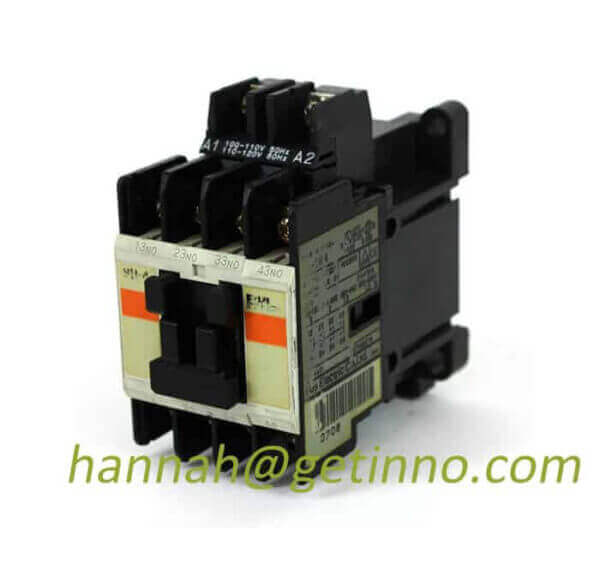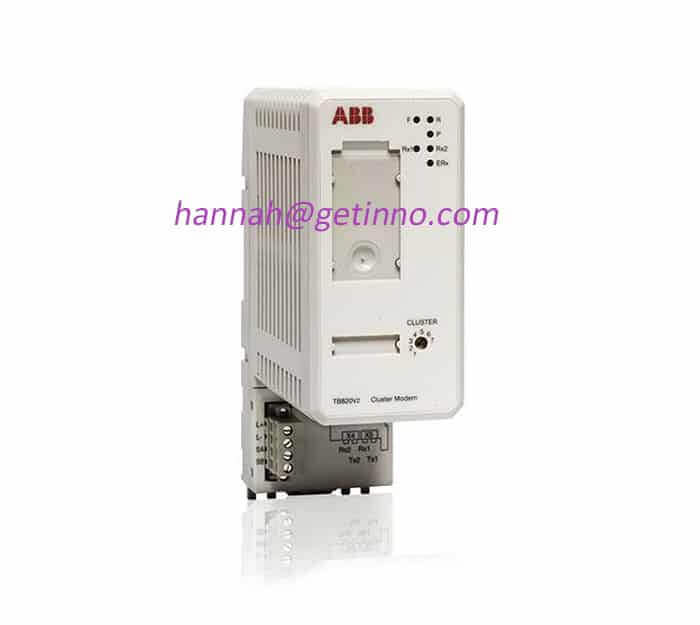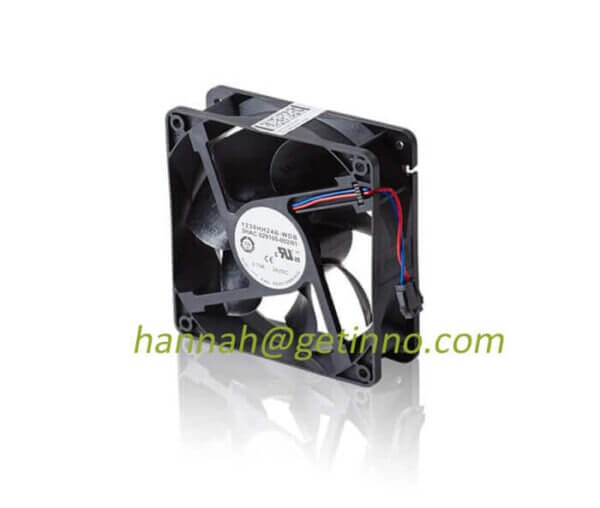BCG: Smart Robots Save Made in China

Liao Tianshu
Managing Director and Senior Partner, Greater China, BCG Boston Consulting Group
China’s manufacturing industry, which has created the miracle of “the world’s factory”, is approaching an inflection point. Wages in China have grown substantially in the past decade or so, and the average wage in the manufacturing sector exceeds that of most Southeast Asian and South Asian countries. On the other hand, the aging of China’s social population is intensifying, the phenomenon of insufficient labor supply is beginning to emerge, and the “labor shortage” in the Yangtze River Delta and Pearl River Delta is still continuing. Where is the way out for China’s manufacturing industry?We believe that smartrobotTechnology will greatly improve the production efficiency and competitiveness of China’s manufacturing industry.
Where is the advanced intelligent robot?
TraditionindustryThe environment in which Robots work is very restrictive, and the work they do can only be simple and repetitive work that does not require logic. The scope of application of intelligent robots is greatly expanded. It can not only apply those developed logic programs, but also greatly reduce the limitations of the working environment. Therefore, the advantage of manual work is only the development logic.
In theory, intelligent robots can do all the work that does not require self-developed logic. In other words, other jobs may be replaced by robots. Of course this is only theory.
At present, the three conditions to promote the popularization and development of intelligent robots have been mature.
First of all, from the perspective of production efficiency, robots are much higher than workers. They don’t take time off, they don’t get sick, they don’t have a bad mood or desertion, and they can work in environments that are dangerous, harmful, and inaccessible to humans.
Secondly, due to cost issues, the original robot system can only be applied to large-scale manufacturing production, and only large-scale manufacturing companies can afford it. Today, some companies have developed ultra-low-cost Robotic systems, such as Universal Robotics’ UR5 assembly robot, which costs only $34,000, including installation costs of no more than $70,000. There is also Baxter from Rethink Robotics, which sells for just $25,000 and is now widely used in packaging and apparel. As robotics becomes less expensive to procure and more difficult to program, small and medium-sized manufacturing companies are expected to take advantage of such technologies in a wider range of fields. This will significantly expand the market size of robotics and enable further integration with Industrial supply chains.
Finally, some key technical hurdles, such as visual sensing and grasping systems, have made breakthrough progress.
Given these conditions combined, we expect that investment growth in industrial robotics will accelerate significantly over the next decade, with an average annual growth rate of nearly 10% from the current 2% to 3%. It is estimated that by 2025, the total cost of manufacturing labor in the world’s 25 largest exporting countries will likely be reduced by an average of 16%. Compared with the productivity improvement effect brought by other methods, per capita output is expected to increase by 10% to 30%, and the specific proportion will vary by industry and country.
Who benefits? Who suffers?
When will the widespread adoption of robotics become a reality?The pace of technology adoption varies across countries and industries, depending on wages, productivity, labor regulations, and the nature of production tasks.automationDifficulty and other factors. BCG expects manufacturers to start investing more in technology when the procurement and operating costs of robotic systems fall below 85 percent of the cost of hiring a worker. Taking the American automobile manufacturing industry as an example, the cost of using a robotic welding machine is about $8 per hour, while the cost of manual welding is as high as $25 per person per hour. In such industries, the tipping point for robotics to replace workers has long been reached; over time, the cost advantage of robotics over humans will increase dramatically. Similarly, in the US electronics manufacturing industry, the above-mentioned UR5 robot costs about $4 per hour to complete routine assembly tasks, while the cost per worker is as high as $24 per hour.
In some countries, manufacturing companies are adopting robotics faster than others. China, the United States, Japan, Germany, and South Korea account for nearly 80 percent of global robotics purchases, a proportion that is expected to remain stable over the next decade.
South Korea is currently the most aggressive in robotics adoption, and its high labor costs are a major factor driving this trend. As a result, South Korea will continue to build its competitive advantage at the fastest pace than other leading exporters. By 2025, South Korea is projected to reduce productivity-adjusted labor costs by 33 percent compared with not adopting intelligent robotics, a cost reduction that is twice the average of the world’s 25 leading exporters.
Countries that are at the forefront of Industrial Robot application technology will reap the greatest benefits in terms of labor cost savings. After adjusting for normal inflation and deducting the benefits of other productivity-enhancing measures, intelligent robotics is expected to reduce manufacturing labor costs in these countries by 18% to 33% by 2025. In China, one of the world’s largest robotics markets, the further spread of automated production will provide a powerful alleviation to the decline in cost competitiveness caused by the rapid rise in factory wages and the increasing difficulty of recruiting manufacturing workers.
The wave of intelligent robot technology has begun to sweep the world, and for China and other manufacturing powers, this is an excellent transformation opportunity. Accepted or not, Chinese manufacturing companies must be prepared. Whether to become a trend-setter who rides the wind and waves, or to be submerged by the tide of the times, Chinese enterprises will once again face a choice.
The Links: 3HEA506260-001 3HNA009885-001
Pre: The latest centipede-like bionic robo... Next: NVIDIA: ROS and Simulation to Advance...




